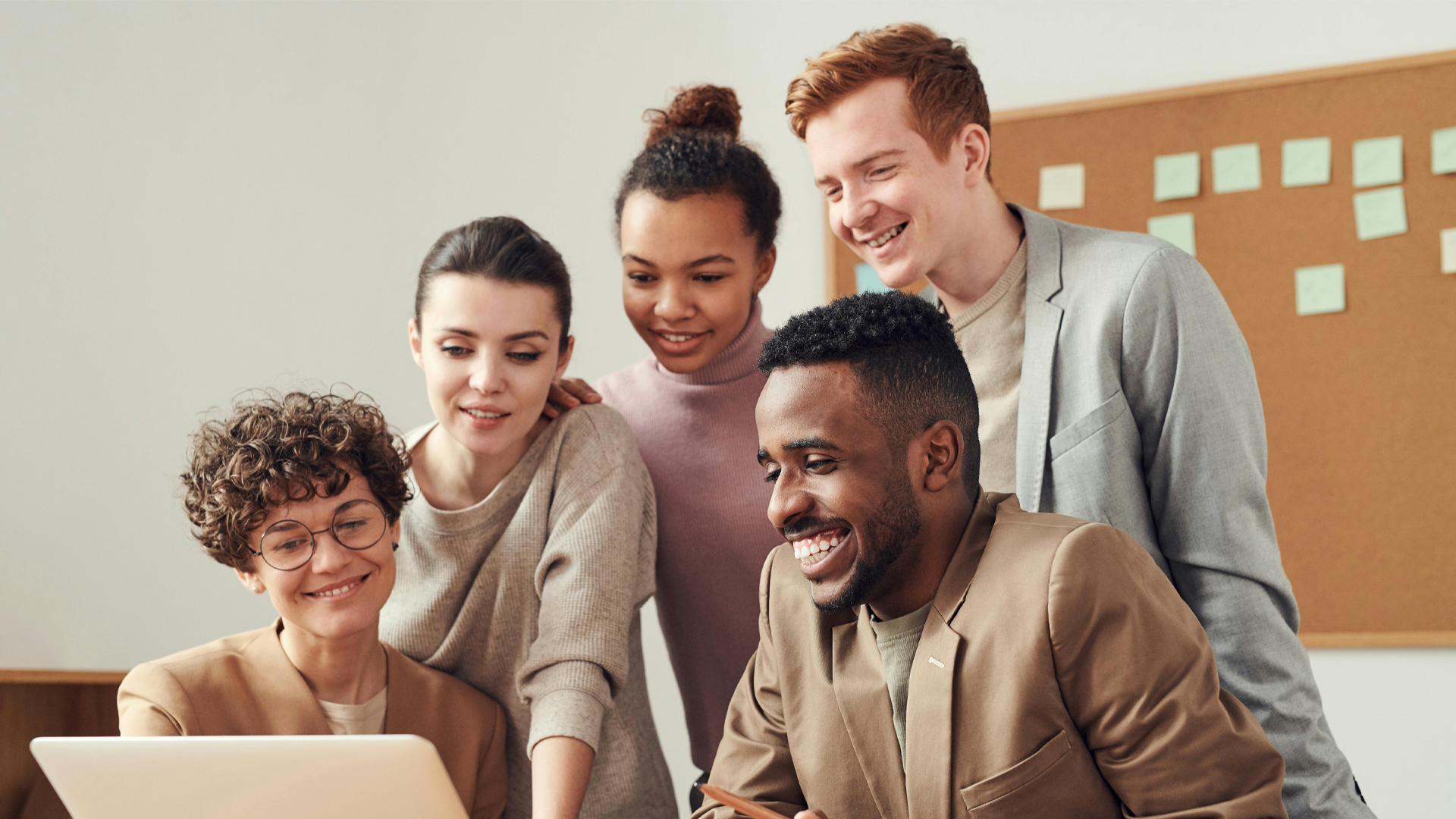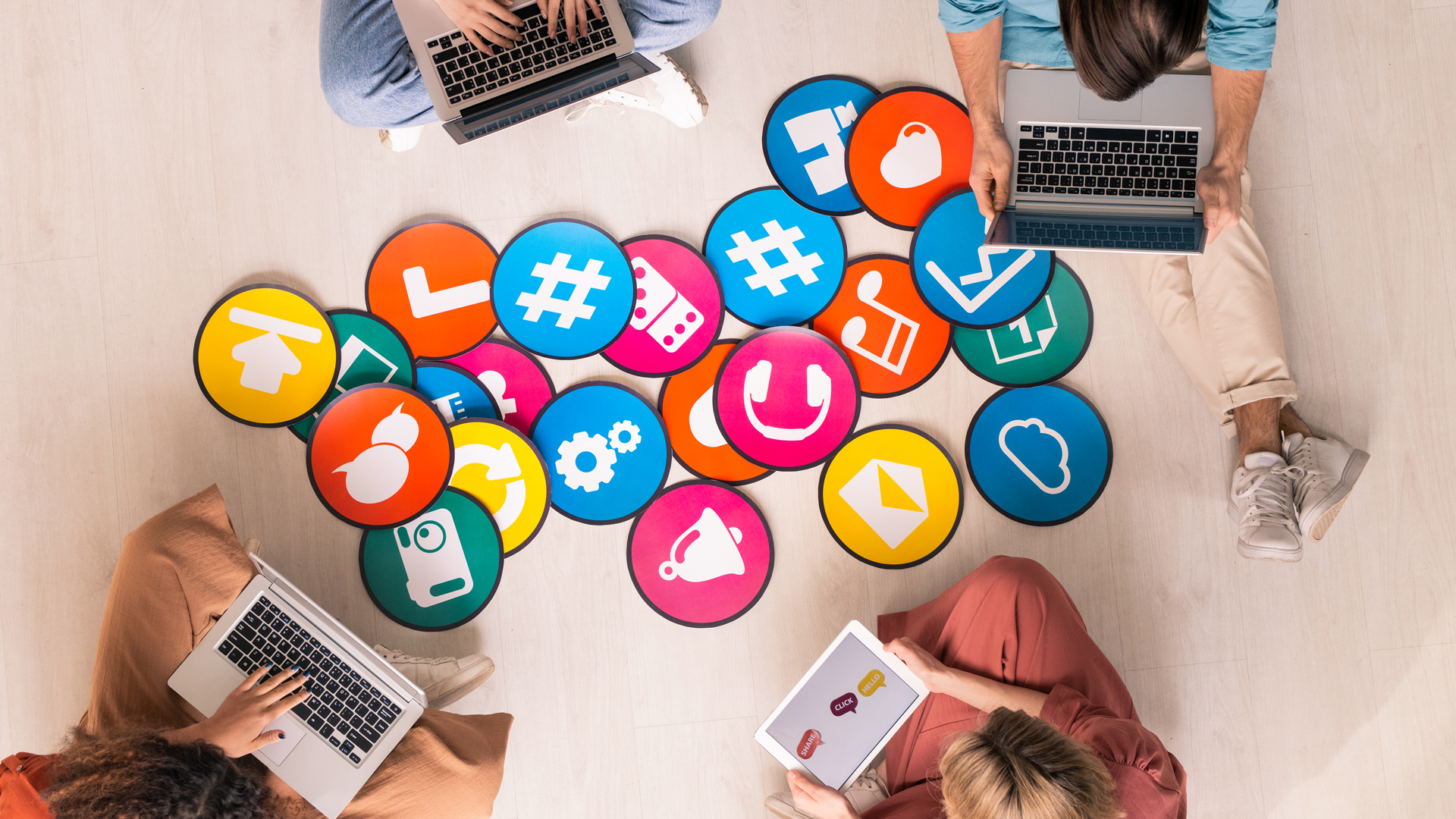Carole & Tuesday (2019) is an anime and manga set in a future world where AI-systems are omnipresent in everyday life, including the workplace and creative fields. The story centers around the two title characters, musicians who go against the norm and write and perform their own songs without AI assistance. Their success highlights a powerful message: even in a future dominated by AI, there’s something irreplaceably magical about the human touch.
The AI Panic is Everywhere
Scroll through LinkedIn lately, and you’ll see plenty of doom-and-gloom about AI “stealing” jobs. Often, these posts are made by individuals whose jobs haven’t been affected by AI at all. And I get it, AI is an easy target and hot buzzword for farming engagement with low quality, minimal effort. It does speak to a real fear many have however that AI and robots will place us all out of work by, well next Tuesday. The “fear of becoming obsolete”, or FOBO, is a real concern of more than a fifth of workers in the US.
History tells us that this panic around new technology isn’t new; from outrage erupted over the printing press, fears spread about the telegraph, anxieties mounted around the radio, uproars followed television, and computers sparked unease. People have always feared that new tech would replace them. Yet time and again, technology ends up changing jobs more than eliminating them. Many experts and researchers agree that while AI will reshape work, it won’t simply make human workers obsolete. The World Economic Forum shows AI will not only augment existing jobs, but will create entirely new roles we haven’t seen before. In other words, the working world of tomorrow might have AI in the mix, but people will still be running the show, often in newer and more efficient ways.
Carole & Tuesday’s Big Message: Humans Bring the Soul
Carole & Tuesday makes its point clear: AI can generate flawless output, but it can’t replicate the lived experience and raw emotion that humans pour into creativity. That’s why their handmade songs outshone the chart-topping algorithmic hits.
The same lesson applies in today’s workplaces. However advanced AI becomes, it lacks that human spark — the cultural context, personal story, or gut instinct that turns output into impact. Like Carole and Tuesday, professionals who lean into their uniquely human strengths won’t just survive in an AI-powered world, they’ll stand out. Their story reminds us that people will always crave something human in the mix, whether it’s a song, a piece of art, or even a clever marketing campaign.
AI: A Creative Partner, Not a Job Thief
One major takeaway from both Carole & Tuesday and real-world research is that AI works best with humans, not against us. Instead of treating AI as a rival, it makes more sense to see it as a super-helpful coworker – a creative sidekick that takes on repetitive tasks and lets humans focus on what we do best.
Studies back this up. Research from Temple University found that AI boosts employee creativity and satisfaction by handling drudge work, freeing people for more meaningful tasks. In one company’s call centre, AI screened out 90% of cold-call rejections before passing warm leads to humans. Those employees, relieved of the grunt work, became happier and more effective at closing deals. Far from replacing them, AI made them better at their jobs.
This pattern shows up across industries. AI coding assistants suggest snippets and catch errors, but developers still solve novel problems. AI analyzes scans in healthcare, but doctors make the final call and provide empathy. In marketing, AI crunches data or drafts copy, but humans add strategy and cultural insight. Even copywriting – AI gathered the relevant sources for this article, providing more time for me to review the sources and write this article myself. The trend is clear: AI shines at heavy lifting, leaving us free to focus on creativity, judgement, and connection.
The Human Touch in Creative Fields (Yes, Even Marketing and SEO!)
Nowhere is this partnership clearer than in creative industries such as digital marketing, writing, design, social media, and SEO. Sure, generative AI can whip up articles, posts, taglines, and even artwork instantly – but the results often feel flat. AI output lacks the ingenuity, taste, and emotional connection that come from lived experience. As one marketer put it, AI can nail technical details, but it can’t convey the emotional high that makes ads resonate. Creative work is about stories, emotions, and culture – things AI doesn’t truly understand.
So, what works? Human creators using AI as a tool. An AI can scan SEO keywords, analyze search trends, or draft an outline in seconds. Then humans refine, add originality, and align with brand voice. The result is faster output without sacrificing quality.
This is the future of marketing, and creative work in general. AI supplies data and a decent first-draft; humans provide heart, humour, and strategic vision.
New Career Paths in an AI-Powered World
Another reason not to fear AI: it’s creating jobs as well as enhancing old ones. Each technological leap has sparked new careers (for example, “app developer”, “social media manager”, “content creator” didn’t exist until recently). The AI revolution is no different. According to the World Economic Forum, while some tasks will be automated, most current roles (about 63%) will be enhanced by AI, and many new jobs will emerge.
These emerging careers include:
- Prompt Engineers, specialists in crafting effective inputs for AI.
- AI Trainers, who shape models to fit industries (e.g., customer service bots).
- AI Auditors and Ethicists, ensuring systems remain accurate, fair, and responsible.
- Machine Managers, who oversee AI-driven equipment on the factory floor.
Even traditional jobs are evolving. Designers now refine AI-generated images. Marketers blend AI analytics with creative direction. Programmers use AI for code suggestions but still architect systems.
The key is adaptability – upskilling and leaning into roles that play to human strengths: creativity, problem-solving, ethical reasoning, and communication.
Embracing the Future
The future of work with AI isn’t dystopian but collaborative. AI can handle repetitive tasks and deliver insights quickly, while humans contribute creativity, intuition, and emotional intelligence. Those who embrace AI as a partner will be more productive and innovative than those who resist it. The key is learning to leverage AI without losing the human touch. As seen in Carole & Tuesday, technology can enhance creativity when paired with passion and originality. Ultimately, humans and AI working together can achieve results greater than either could alone. Let me know in the comments how you will be taking advantage of AI in your workflow.
The future of work with AI isn’t about replacement, it’s about partnership. If you’re curious how to blend AI with strategy in your own marketing, communications, or digital projects, let’s connect. I can help you blend AI strategy with digital communications and web development to ship results not hype, as your next communications, media, or marketing coordinator. Connect with me on LinkedIn here.


